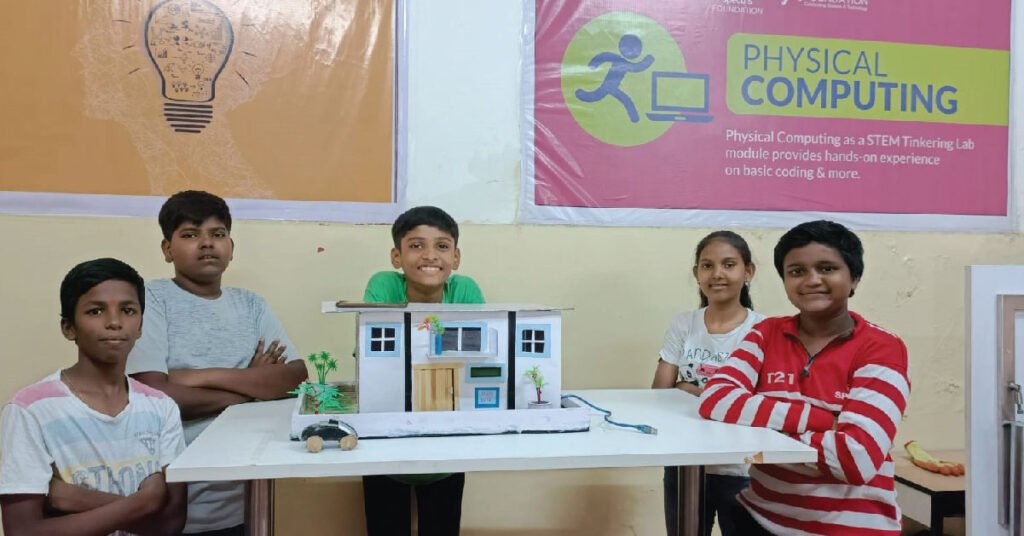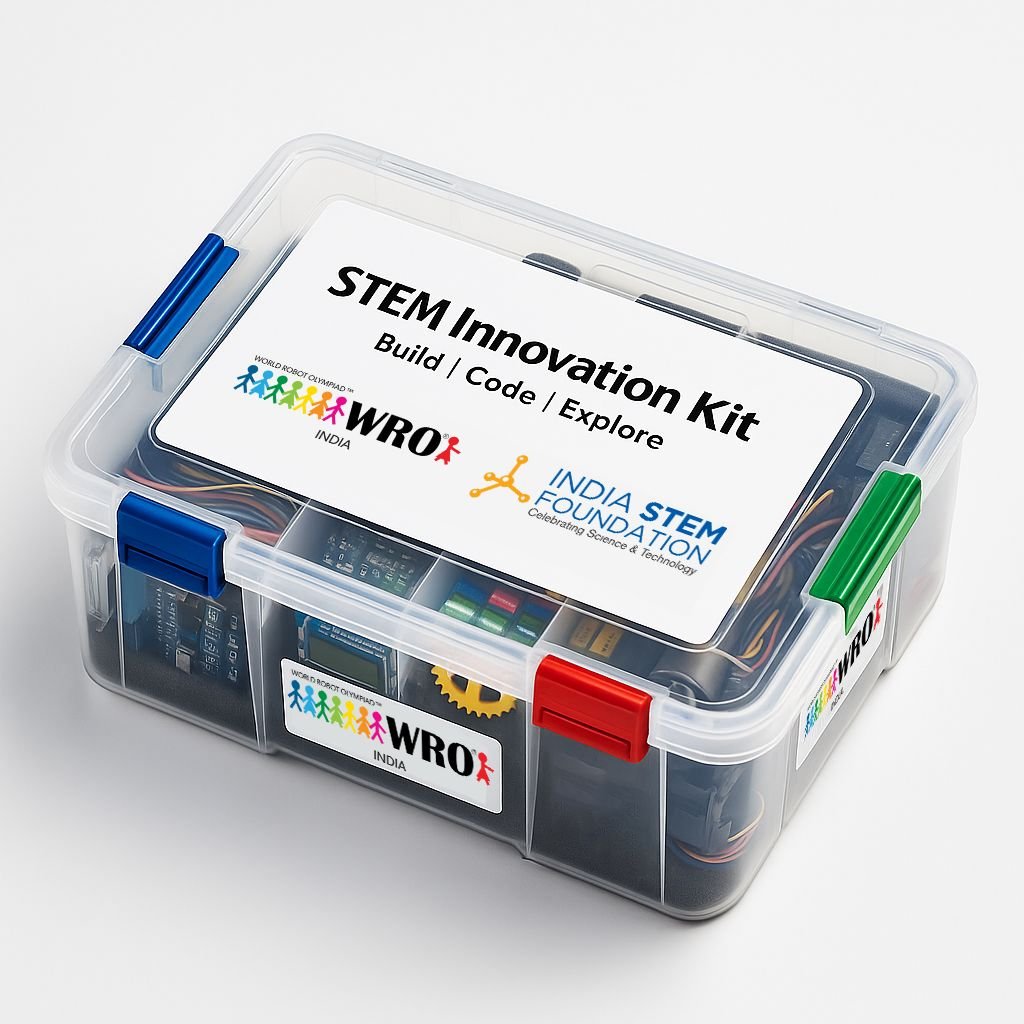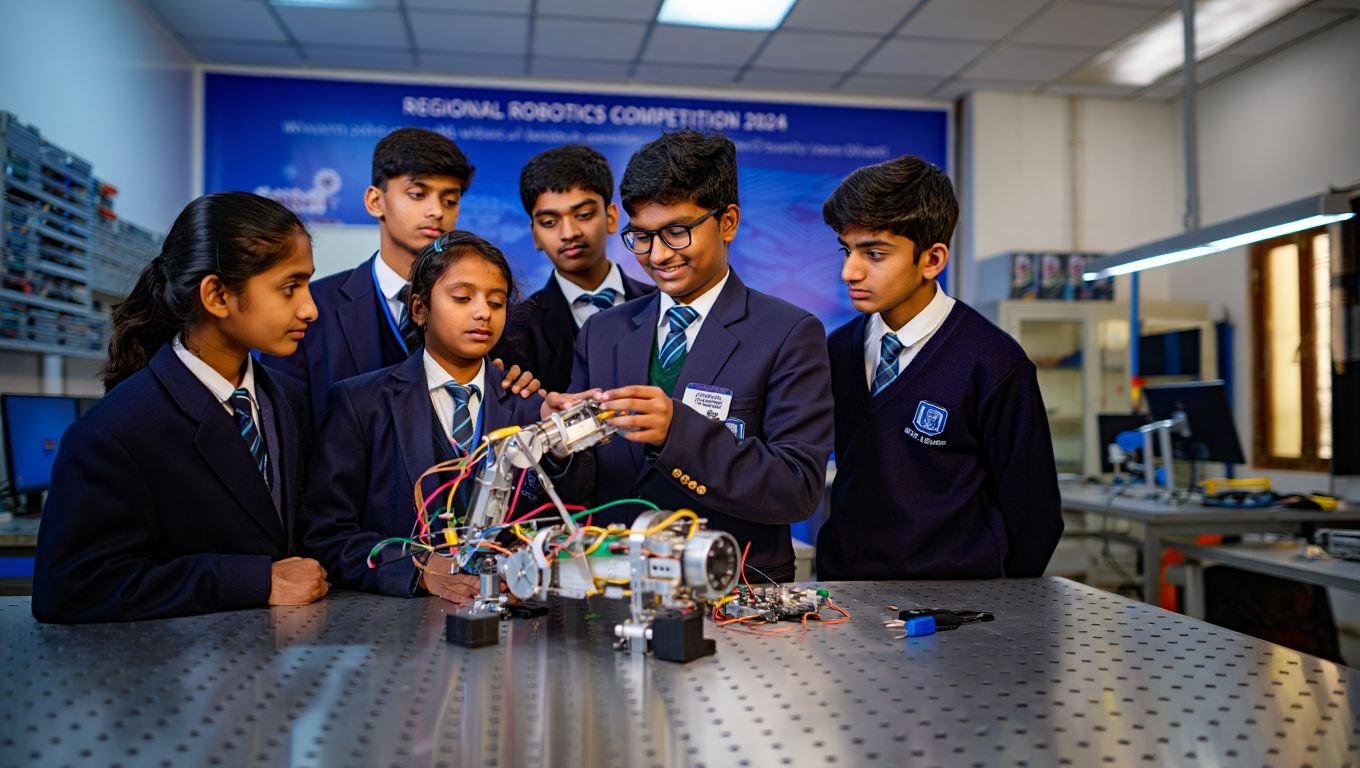STEM education, encompassing science, technology, engineering, and mathematics, is critical for fostering innovation and driving national progress. By equipping students with skills in critical thinking, problem-solving, and creativity, STEM prepares future leaders to address complex challenges, from climate change to technological advancements. A nation with a strong foundation in STEM education is better positioned to compete globally, as it encourages research, entrepreneurship, and advancements in industries like healthcare, infrastructure, and communication. Furthermore, STEM education helps bridge skill gaps, creating a workforce capable of sustaining economic growth and driving technological innovation for national development.
In STEM education, project-based learning, or PBL, has become a game-changer by allowing students to thoroughly interact with real-world challenges while honing critical skills. PBL, in contrast to traditional approaches, gives students the freedom to take charge of their education by letting them investigate multidisciplinary problems via practical projects. PBL stimulates curiosity, creativity, and teamwork in STEM topics, where critical thinking and problem-solving are essential. By mimicking real-world situations, this approach not only improves students’ analytical and creative thinking skills but also gets them ready for the workforce by increasing the relevance and effect of learning in today’s tech-driven culture.
How does Project-Based Learning (PBL) work?
Through practical projects, students are encouraged to actively investigate issues and difficulties found in the real world through Project-Based Learning (PBL). While students engage in worthwhile projects, PBL fosters teamwork, creativity, and critical thinking—all of which are absent from traditional teaching techniques where students passively absorb knowledge. By tying theoretical ideas to real-world situations, this method promotes deeper comprehension. With PBL, students take charge of their projects and are free to raise questions and look for answers. Through active participation in real-world situations, students cultivate vital abilities like critical thinking, collaboration, and communication, rendering the educational process more applicable and influential in the ever-changing global landscape.
The Connection Between PBL and STEM Education
Since both STEM education and Project-Based Learning (PBL) place a strong emphasis on problem-solving, critical thinking, and hands-on inquiry, they complement each other well. One of the main tenets of PBL is that students studying STEM subjects—science, technology, engineering, and mathematics—must apply their theoretical knowledge to real-world situations. Students can integrate several STEM subjects while acquiring practical skills by working on projects that reflect real-world difficulties in domains such as environmental science, engineering, or coding. PBL encourages students to interact, explore, and invent in order to promote interdisciplinary learning. This method improves students’ understanding of STEM subjects and gets them ready for future employment by modeling collaboration and problem-solving in the real world.
The Benefits of PBL in STEM Education:
Improves Knowledge Application in Practice
PBL fills up the gaps between abstract ideas and practical implementations. Students have a more profound comprehension of how theoretical concepts are implemented in real-world situations by working on projects that call for the application of STEM knowledge. This practical method makes abstract ideas more relatable and helps students retain what they’ve learnt.
Encourages Multidisciplinary Education
Integrating several disciplines is a common practice in STEM education. PBL makes this possible by encouraging students to combine ideas from science, technology, engineering, and mathematics to approach challenges from a variety of perspectives. Students are better able to recognize the links between various STEM disciplines and how they contribute to the solution of challenging challenges thanks to this interdisciplinary approach.
Promotes Cooperation and Unity
Working in teams is a common component of PBL projects, which promotes interpersonal and collaborative abilities. Pupils gain knowledge on how to express themselves, listen to others, and collaborate to accomplish shared objectives. The cooperative atmosphere fosters the development of collaboration abilities, which are critical in both academic and professional contexts.
Encourages Motivation and Involvement
PBL assignments’ applicability to real-world situations frequently boosts students’ enthusiasm and involvement. Students are more likely to be engaged in their learning when they can see how their effort adds to a meaningful outcome or influences real-life challenges. This increased curiosity may result in a stronger passion for STEM fields and a more optimistic outlook on education.
Enhances Project Management Capabilities
PBL helps students gain vital project management skills by requiring them to plan, organize, and carry out tasks. They get knowledge on goal-setting, efficient time management, resource allocation, and work coordination. These abilities are important for future employment where project management and meeting deadlines are critical, in addition to academic achievement.
Promotes introspection and self-evaluation
PBL encourages students to analyze their own work and procedures, which fosters introspection and assessment. Students can better understand their areas of strength and growth by engaging in this reflective exercise. Students who often evaluate their work acquire a growth mentality, perseverance, and a drive to keep improving when they face problems.
Enhancing Critical Thinking through PBL
Project-Based Learning (PBL) helps students develop their critical thinking skills by exposing them to real-world problems that call for in-depth research and creative solutions. PBL, in contrast to traditional approaches, pushes students to analyze many viewpoints, break down difficult situations, and formulate well-reasoned arguments. For example, when given the goal of creating a sustainable community, students have to evaluate the economic viability, examine environmental facts, and provide workable solutions. A strong attitude towards critical thinking is fostered by this iterative process of inquiry, experimentation, and refinement. Students who take on open-ended tasks develop critical thinking, decision-making, and articulation skills—all of which are essential for handling challenging situations in the workplace of the future.
Fostering Problem-Solving Skills with PBL
PBL exposes students to difficult, open-ended challenges that call for them to recognize difficulties, generate ideas for solutions, and put those ideas into practice. For instance, students working on a project to develop a new product have to do research, test, and prototype their ideas, then make adjustments depending on input and outcomes. With this practical approach, students are inspired to take on obstacles with persistence and creativity, which improves their capacity to identify issues, create workable solutions, and adjust to shifting circumstances. The ability to solve problems is essential for success in the workplace and in the classroom.
As a result, of providing students with the fundamental knowledge and abilities needed for creativity and problem-solving, STEM education is critical to advancing the country. The dynamic technique of Project-Based Learning (PBL) enhances this by fusing theoretical knowledge with real-world issues. Learning becomes more relevant and interesting when PBL encourages critical thinking, problem-solving, and teamwork. Project-based learning (PBL) not only improves students’ comprehension but also gets them ready for the workforce by allowing them to apply STEM knowledge to real-world tasks. Students will be well-equipped to solve challenging problems and make valuable contributions to a world that is changing quickly thanks to this practical, multidisciplinary approach.




